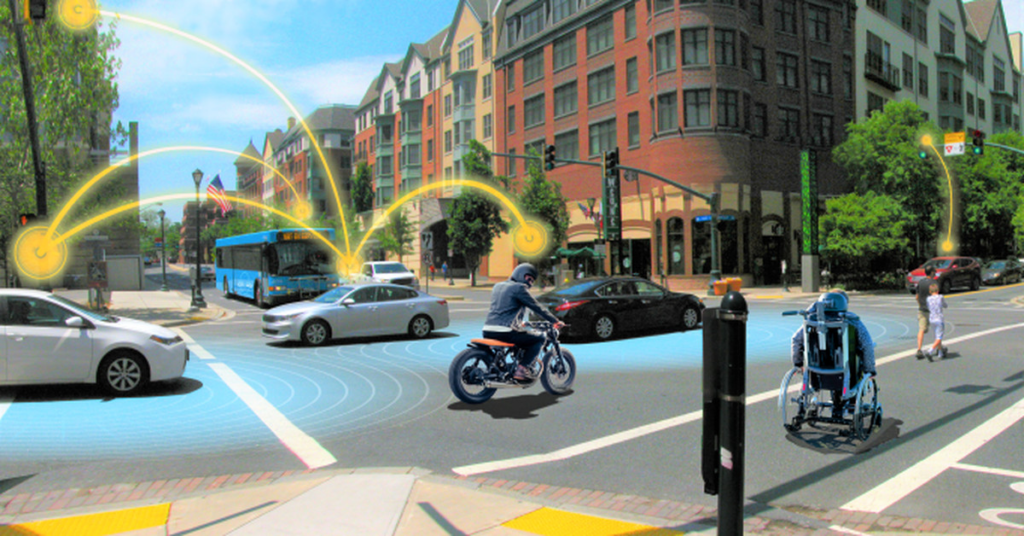[ad_1]
The Federal Communications Commission (FCC) has voted to finalize new spectrum rules that will push cellular vehicle-to-everything (C-V2X) communications technology forward.
C-V2X will use existing cellular networks to send messages from vehicle to vehicle, vehicle to infrastructure, vehicle to cyclists, or vehicle to pedestrians to warn of each other’s presence for safety purposes. It could cross-alert for hazardous road conditions, including speeding cars, weather, or traffic congestion.
FCC Chairwoman Jessica Rosenworcel said the agency’s efforts will drive innovation in wireless and transportation economies and “keep us safe on our roadways when we walk, ride, and drive.” The decision on the proposed rule promotes “efficient use of 30 megahertz of spectrum” dedicated to Intelligent Transportation Systems, or ITS, in the 5.9GHz band. And it also codifies C-V2X technical parameters, including power and emission limits, technical parameters, and message priorities.
Companies like Ford have been chasing C-V2X technology for years with the idea that its cars and trucks could audibly alert drivers of a cyclist approaching or vice versa — assuming a cyclist is paying attention to their phone.
In 2022, the FCC won control over what should happen to the spectrum in the 5.9GHz band, which could be partially used for other technologies, such as Wi-Fi expansion. Automotive industry petitioners wanted the entire band, but the ruling judge determined they failed to point out any “significant developments in the field of yet-to-arrive technologies.”
[ad_2]
Source link

